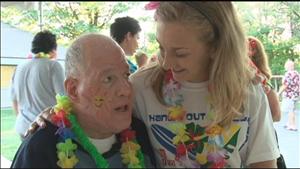 One of the challenges faced by the disability ministry movement is the absence of good data examining the impact of specific conditions on church attendance and spiritual growth. Speakers all too often quote a statistic during talks without a specific reference.
One of the challenges faced by the disability ministry movement is the absence of good data examining the impact of specific conditions on church attendance and spiritual growth. Speakers all too often quote a statistic during talks without a specific reference.
This past Friday, our good friend and colleague Laura Lee Wright of Bethesda Lutheran Homes posted a request in the Special Needs and Disabilities Ministry Facebook group for a statistic on how many people with disabilities are unchurched. The one piece of data I’ve traditionally shared was a 1994 Harris survey reporting that 49% of adults with disabilities attended religious services at least once a month, compared to 59% in a control group of persons without disabilities. Statistics on the impact of disability in children on church attendance are practically nonexistent. Thanks to the wonders of Google, I was able to find more recent statistics in adults.
The Kessler Foundation and the National Organization on Disability commissioned Harris Interactive to conduct the 2010 Survey of Americans with Disabilities. This has been an ongoing research project for 20+ years tracking a number of quality of life indicators and employment data for adults with disabilities, comparing those indicators to adults in the general population without disabilities. One of the quality of life indicators used in the study is frequency of attendance at religious services…the source of the statistic I mentioned above.
Here’s a description of the survey methodology:
A national cross-section of 1,001 adults with disabilities and (2) a national cross-section of 788 adults without disabilities. These interviews took place between May 5 and June 3, 2010. When a person with a disability was unavailable for an interview or unable to be interviewed, a proxy from the same household who was best qualified to answer questions about that person was chosen to complete the interview. Overall, 10% of the interviews were conducted with proxies. In the case of findings on employment among people with disabilities, the data is based off of employed people ages 18 to 64 from the national cross-section, as well as an oversample of 315 people with disabilities in the labor force which was conducted online using sample from the Harris Poll Online panel. All of the results were weighted to be representative of the general population ages 18 and over with and without disabilities.
The sample of people with disabilities was limited to non-institutionalized individuals with disabilities, with a person qualifying for this portion of sample if he or she currently: Has a health problem or disability that prevents him or her from participating fully in work, school, housework, or other activities; or reports having a physical disability of any kind; a seeing, hearing, or speech impairment; an emotional or mental disability; or a learning disability; or considers himself or herself a person with a disability or says that other people would consider him or her to be a person with a disability.
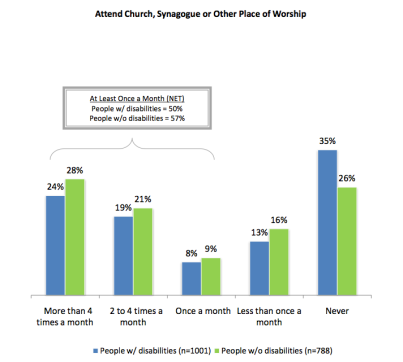 Here’s the data examining the relationship between the presence of a disability and attendance at religious services. Adults with disabilities are significantly less likely than their peers without disabilities to attend religious services (50% vs. 57%, respectively). They are also significantly more likely to have NEVER attended a religious service compared to non-religious controls. In the 24 years of the survey, the gap in attendance at religious services has fluctuated over time…the biggest gap was 18% in 2000. The current gap has narrowed only by 2% (within the 3-5% margin of error in the survey) since 1994.
Here’s the data examining the relationship between the presence of a disability and attendance at religious services. Adults with disabilities are significantly less likely than their peers without disabilities to attend religious services (50% vs. 57%, respectively). They are also significantly more likely to have NEVER attended a religious service compared to non-religious controls. In the 24 years of the survey, the gap in attendance at religious services has fluctuated over time…the biggest gap was 18% in 2000. The current gap has narrowed only by 2% (within the 3-5% margin of error in the survey) since 1994.
 The survey also examined the relationship between the severity of disability and frequency of attendance at religious services. Participants self-identified their disability as “slight”, “moderate”, “somewhat severe” or “very severe”. Those with self-described “slight” and “moderate” disabilities were significantly more likely to attend church compared to participants with more severe disabilities. Quoting from the study authors…
The survey also examined the relationship between the severity of disability and frequency of attendance at religious services. Participants self-identified their disability as “slight”, “moderate”, “somewhat severe” or “very severe”. Those with self-described “slight” and “moderate” disabilities were significantly more likely to attend church compared to participants with more severe disabilities. Quoting from the study authors…
“This difference is the same as it was in 2004, suggesting that not much has changed in the way of removing architectural, communications, and attitudinal barriers that prevent people with disabilities—especially people with severe disabilities—from regular attendance”. (Table 8B)
There are major limitations to this study. This survey excludes persons with disabilities who are not able to live at home. We don’t know the nature of the disabilities impacting survey participants. We don’t know whether there are others in the home with disabilities. We don’t know from the statistics on religious service attendance whether persons with disabilities aren’t attending churches, synagogues or mosques, or whether the denomination of the church makes a difference. We do know that a sizable percentage of participants in this survey became disabled later in life. Does the age of onset of disability affect attendance at religious services. We don’t know.
We do know that the Body of Christ is incomplete without the gifts, talents and presence of everyone. We also know that God’s at work through a multitude of churches and ministries sharing His love with adults with disabilities. We also know that as recently as 2010, an extremely limited data set suggests the burgeoning disability ministry movement hasn’t yet made a statistically significant impact upon church attendance among adults with disabilities.
Here’s a link to the full survey, including methodology.
***********************************************************************************************************
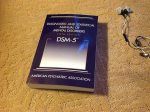 Confused about all the changes in diagnostic terminology for kids with mental heath disorders? Key Ministry has a resource page summarizing our recent blog series examining the impact of the DSM-5 on kids with mental health disorders. Click this link for summary articles describing the changes in diagnostic criteria for conditions common among children and teens, along with links to other helpful resources!
Confused about all the changes in diagnostic terminology for kids with mental heath disorders? Key Ministry has a resource page summarizing our recent blog series examining the impact of the DSM-5 on kids with mental health disorders. Click this link for summary articles describing the changes in diagnostic criteria for conditions common among children and teens, along with links to other helpful resources!

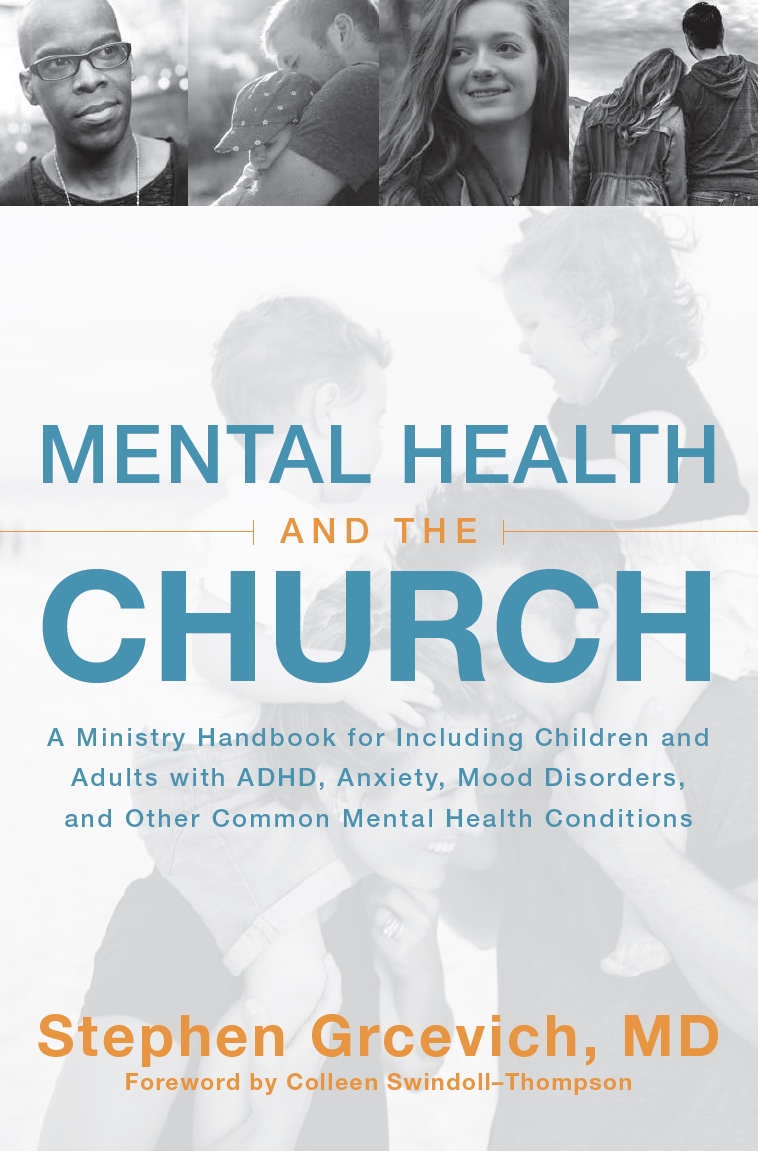

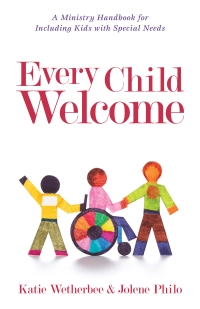

Thanks for this data, Steve! Seems that we still have a ton of work to do… which, of course, is no surprise to anyone. “The harvest is plentiful, but the workers are few.” Jesus, Matthew 9:37
LikeLike
Also, we need to be mindful that just making a building accessible, does not necessarily mean the congregation is inclusive. As I heard a pastor say on a video on “Joni and Friends” website, :you can’t just provide ramps and expect that people are going to come. You’ve got to to let them know, ‘if you come to my church, you’re going to be really welcome.'” Changing the physical structure is only the tip of the iceberg, changing attitudes, mindsets, and behaviors… that is the greater challenge. Are we merely accessible, or are we inclusive?
LikeLike
Hi Leemom11,
Thanks for your comments. Agree completely.
LikeLike
Dr. Grvevich.
This is my first day in a class on Ministry with Disabled Persons. This is the first article that I had an opportunity to read in the course assignment. I knew that there were many with disabilities because I once lost my mobility due to arthritis. I have artificial knees and hip, which has made me able to move more. I have two members with disabilities who come to church where I pastor and one of them must have wheel chair accessibility which is in place and we meet the ADA requirements for doors and bathrooms. The stats contained here has broaden the need to create a more welcoming space and environment in my little church. If we were more accommodating, maybe we could minister to more with needs.
Thank you for your work, I will be a new laborer for the preparation of inviting space and conditions for the disabled.
LikeLike